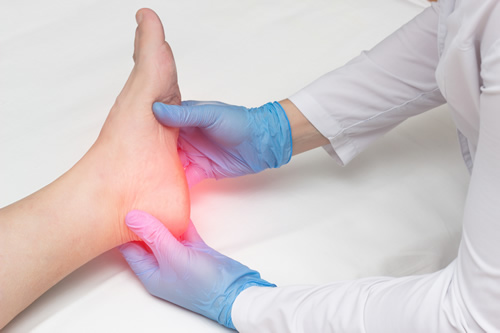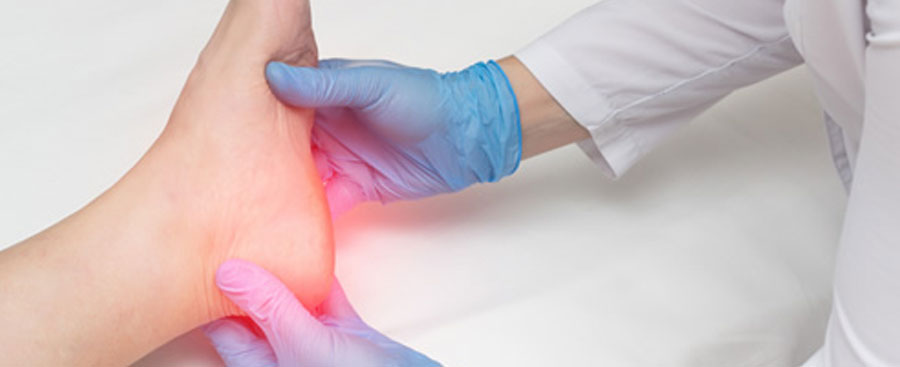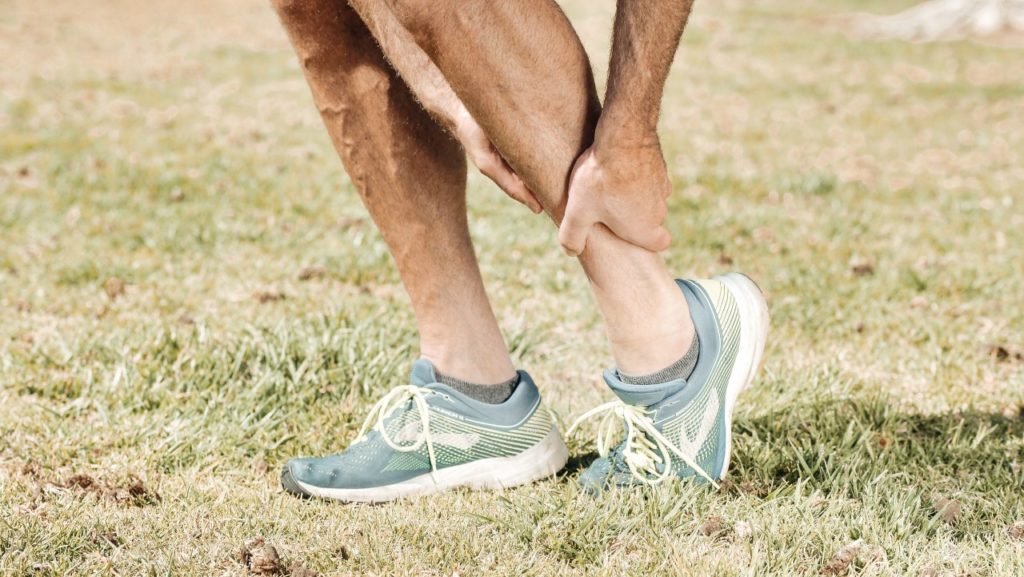By Aarti Kumar, DPM, AACFAS, DABPM
Heel pain in adults can be caused by a variety of factors and it’s important to identify the underlying cause in order to determine the appropriate treatment.
Some common causes of heel pain in adults include:
1. Plantar fasciitis: This is one of the most common causes of heel pain. It occurs when the plantar fascia, a thick band of tissue that runs along the bottom of the foot, becomes inflamed or damaged. Plantar fasciitis often causes sharp or stabbing pain in the heel, especially when getting out of bed in the morning.
2. Achilles tendinitis: This condition involves inflammation or irritation of the Achilles tendon, which connects the calf muscles to the heel bone. It can result in pain at the back of the heel, especially during physical activity.
3. Heel spurs: Heel spurs are bony growths that can develop on the underside of the heel bone. They are often associated with plantar fasciitis and can cause pain when walking or standing.
4. Bursitis: Bursitis is the inflammation of the bursa sac, which acts as a cushion between the heel bone and other soft tissues. Heel bursitis can cause pain at the back of the heel.
5. Tarsal tunnel syndrome/nerve compression: Similar to carpal tunnel syndrome in the wrist, tarsal tunnel syndrome involves compression or irritation of the tibial nerve in the ankle. This can lead to pain in the heel and foot.
6. Stress fractures: Small cracks or fractures in the heel bone can result from repetitive stress or overuse. This often occurs in athletes or individuals engaged in high-impact activities.
7. Fat pad atrophy: The natural fat pad that provides cushioning under the heel may thin over time, leading to pain and discomfort.
8. Arthritis: Conditions like rheumatoid arthritis or osteoarthritis can cause inflammation and pain in the heel joint.
9. Gout: Gout is a type of arthritis that can cause sudden and severe pain in the joints, including the heel.
Treatment for heel pain depends on the underlying cause. It’s important to consult a healthcare professional or a podiatrist for a proper diagnosis. Common treatment options may include:
- Rest and ice
- Physical therapy
- Stretching exercises
- Orthotic insoles or custom-made orthotics
- Supportive footwear
- Anti-inflammatory medications
- Corticosteroid injections for severe cases
- Extracorporeal shock wave therapy (ESWT)
- Surgery (in cases of severe deformities or conditions that don’t respond to conservative treatments)
The specific treatment plan will be tailored to the individual’s diagnosis and needs. It’s essential to address heel pain promptly to prevent it from becoming chronic or leading to other foot or leg issues.





